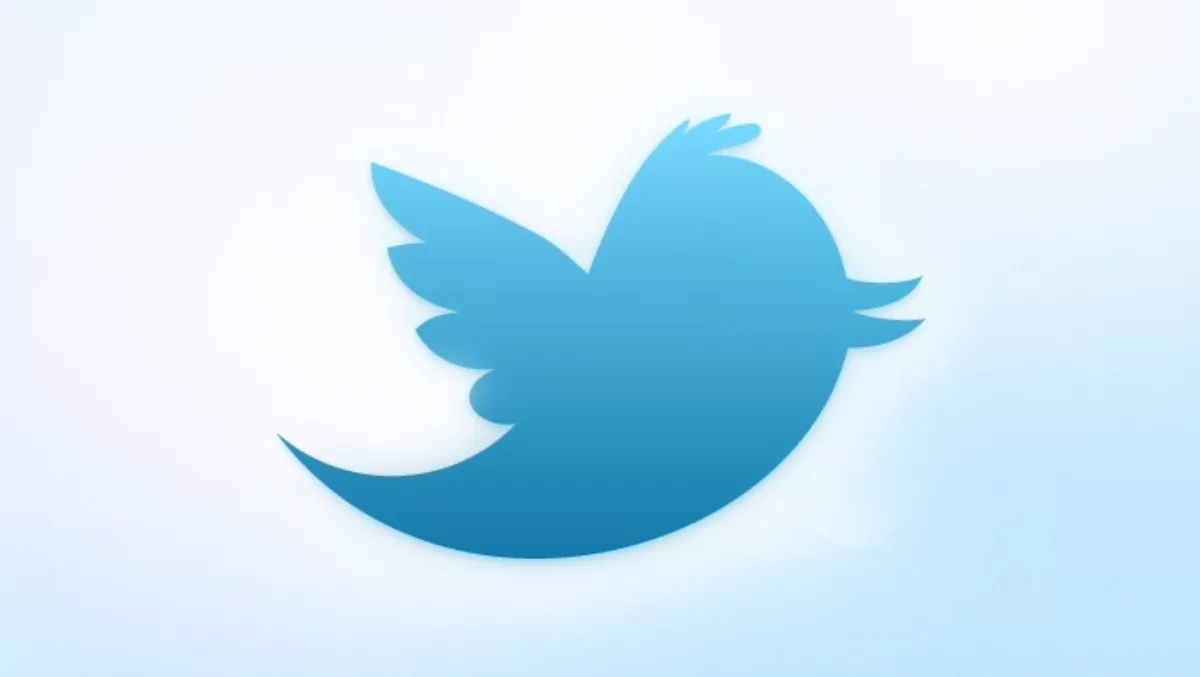
Layman’s explanation of Twitter
Social media plays a major role in how we communicate, share files and photos, do business, and meet new people. We have witnessed the power of social media through the rise of YouTube stars and videos like KONY 2012, which had the ability to bring people from all over the world together in an online community for change. We have watched movies about Facebook (The Social Network), started making phone calls and conducting meetings over Skype, and watched celebrities repeatedly stick a foot in their mouths using Twitter.
It has come to the point where there are so many different social media platforms out there, we are beginning to lose track. And for those of us who never quite latched on to the social media bandwagon in the first place (which has now obviously proven to be much more than just a bandwagon!) this article is for you. So you can finally learn your tweets from your pokes, your hashtags from your diggs.
Part two of our series explains the basics of Twitter below. While tomorrow we will be explaining YouTube.TwitterSummary: A microblogging service that enables users to send text-based posts of up to 140 characters.
Background: Twitter's origins lie in a "day-long brainstorming session" held by board members of the podcasting company Odeo. It was created in March 2006 by Jack Dorsey and launched that July. The original project code name for the service was twttr, an idea inspired by Flickr and the five-character length of American SMS short codes. The first ever Twitter message was published on March 21, 2006 at 9:50 PM Pacific Standard Time (PST) by Dorsey: "just setting up my twttr."
Use it for: Sharing your opinions and day to day activities, and learning about those of your “followers” and the people you follow (especially celebrities!)
From a business perspective: Gives you the ability to quickly respond to clients and customers. Promotion must find a delicate balance between content and spam. Twitter also has a large follower drop off rate.
The Basics@ (Reply) - Use this to address a public message to a user.
RT (Retweet) - This indicates posting is a retweet from another user.
DM (Direct Message) - You can only send a direct message to someone who is following you.
# (Hashtag) - Used to categorize tweets and keep tweets grouped together.
Getting Started
- Create a Twitter handle. Use either your name, your business name, or another name your friends and clients will recognise.
- Follow other users who are in your field, friends, people you find interesting (ex. celebrities), clients, and customers.
- Make it onto #FF (Follow Friday) lists. These lists recommend other Twitter users follow you.
- Recruit followers by letting people know you’ve joined Twitter. Post to other social media platforms and websites with links back to your Twitter page.

